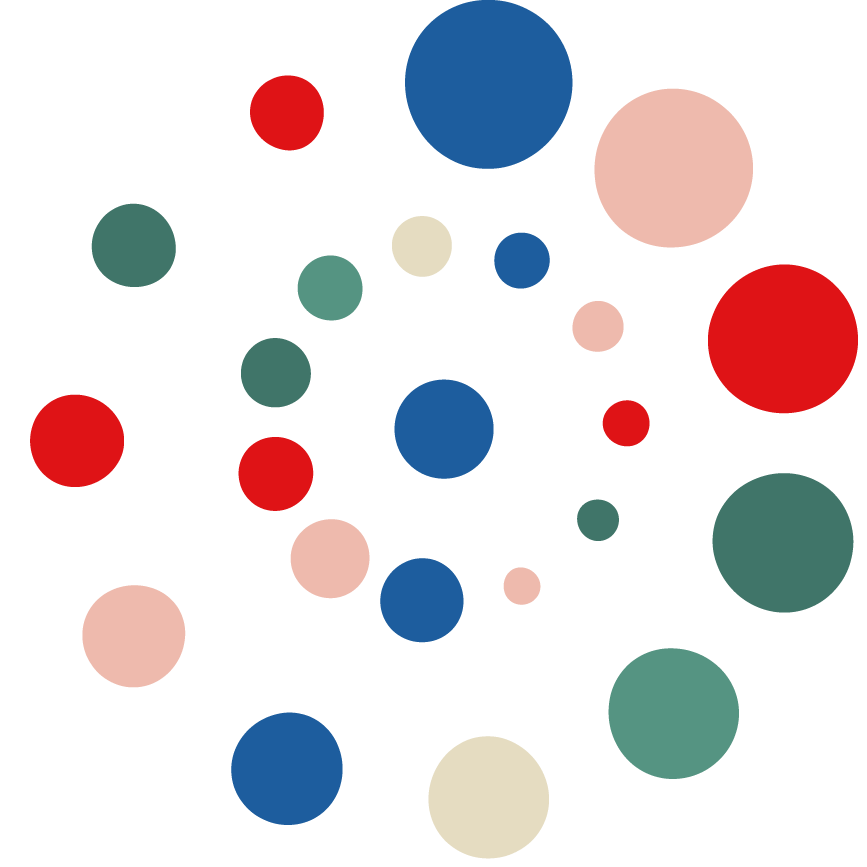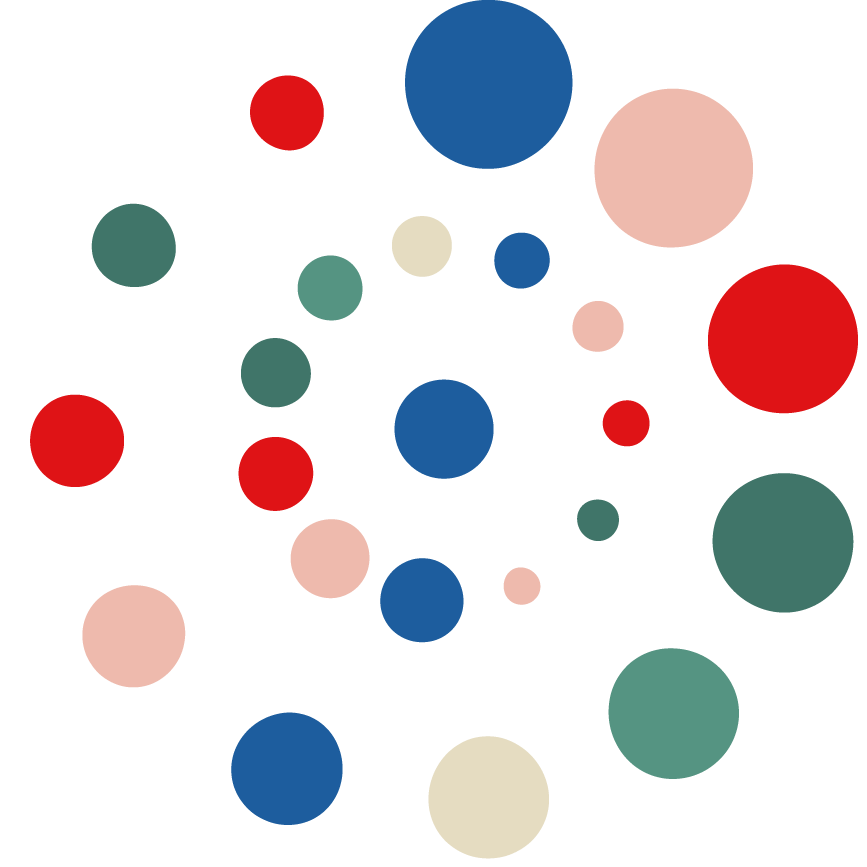Making AI tools for reshaping personal realities
Weeknotes 360 - Making AI tools for reshaping personal realities Wondering how engaging vibe tools will potentially lead to hyperstition cases. Looking back (and ahead) at events and news of last week.

Dear reader!
Another week with too many activities at the start. Too much time for sending out this newsletter at the planned time. I decided that a day delay would work the best. At this moment, I am in a delayed train from Eindhoven to Rotterdam, after a pleasant day at Design & AI Symposium, the conference (symposium) I attended for the fourth year, this time for the second time in Eindhoven, within the Dutch Design Week. I could do a short presentation on my thoughts about agentic AI in the physical space, the context for the research in Cities of Things. Stressing that it has a significant potential impact on us humans, as part of an immersive AI context. See my chapter in the last ThingsCon Riot publication.
There was one other presentation referring at the physical AI wave that is predicted by Nvidia among others. That was an interesting presentation as it completely turned things around, with a tech solutionism case ‘designing’ the human out of the cooking process; the cook became part of a tech ritual. Kind of opened the eyes.
The rest of the day was very nice, with a diverse palette of speakers. On parasocial relations with AI companions, and tool-making designers and researchers to find sweet spots in using AI in the creative processes and understanding of design contexts. That relates nicely to the thought triggered by this week below.
Week 360: Making AI tools for reshaping personal realities
On Monday, I was part of the workshop of the Network of Applied Design Research, to discuss the new publication in which I am part of one of the chapters as a co-author. Also on the role of AI in co-designing and civic prototyping. Also interesting are other chapters on design with AI and a focus on design with friction. Last week I was also at the Society 5.0 Festival. That had a nice mix of performances, workshops, and talks. On systems design, Socratic conversations, and visualizing the role of AI companions in the city. I did a short workshop on “designing collectivity in human-ai collaborations applying civic protocol economies.” We had valuable discussions that we will use to sharpen the next output. Also, last week, a legendary version of Monique’s cocktail hour party celebrating her birthday. Congrats!
This week’s triggered thought
There were some different thoughts triggered that fell together in a particular way. How we relate to technology and what we do to take control of it, in how we relate to tools.
The near future of work won't just involve using pre-built AI tools; it will center around creating personalized tools tailored to our specific needs. So much becomes clear reading a piece by Peter Steinberger, a coder who now manages a "team" of AI agents. Rather than writing code line by line, he primarily converses with these tools, directing them through natural language. His relationship with technology hinges less on technical syntax and more on communication style and clarity of instruction.
He describes how he chooses the tools not only on the pure performance, but foremost on how he interacts with them. To be clear, these tools for coders are not primarily about writing code; it is all about instructing the tools. He shifted from Claude to OpenAI’s Codex now.
Codex is more like the introverted engineer that chugs along and just gets stuff done. It reads much more files before starting work so even small prompts usually do exactly what I want.
He doesn't use only existing tools—he creates custom agents for specific tasks, effectively engineering his own technological ecosystem. As Nate Johnson highlighted in his discussion of Entropic's new "skills" feature, we're entering an era of meta-tools—AI that helps create other AI tools, including systems that help you build better prompts for other systems.
This shift toward personalized tool creation extends beyond coding. Consider the latest visual AI generators like Sora 2. Unlike platforms such as TikTok, which primarily facilitate sharing captured reality (albeit often edited with special effects), these new tools enable users to generate entirely new visual realities from imagination. The act of creation becomes as central to the experience as the sharing itself.
Consequence: we're becoming more engaged with content precisely because we're creating our own realities rather than documenting existing ones. Our relationship with technology deepens as it becomes an extension of our creative process rather than merely a tool for capturing or consuming.
Strangely enough, this might lead to something that was described as “hyperstition” by Tobias Revell in the Futur-ism podcast: imagined possibilities transform into reality. The story revolved around feared "kill switches" in F-35 fighter jets that would allow the US government to remotely disable the planes. Whether true or not, discussing such possibilities creates an environment where their implementation becomes more plausible. And even more extreme, Tobias describes how this could have inspired Nvidia to create these kill switches for their GPUs.
The danger intensifies when we consider how easily we can now prototype speculative functionalities. An idea that begins as fiction—perhaps visualized through AI-generated content—can rapidly transition to functional implementation through these personalized toolchains. The boundary between imagined and implemented reality thins dramatically.
As we create increasingly personalized technological realities, we must consider the implications when these personal realities collide, overlap, or manifest in the shared world. The hyperstitional loop—where imagination becomes reality through technological implementation—accelerates, creating both exciting possibilities and profound challenges for how we collectively navigate our increasingly personalized digital landscapes.
Notions from last week’s news
Human-AI partnerships
Are we ready to live in a world of algorithmic enchantment?

OpenAI news of the week: X-rated chats.
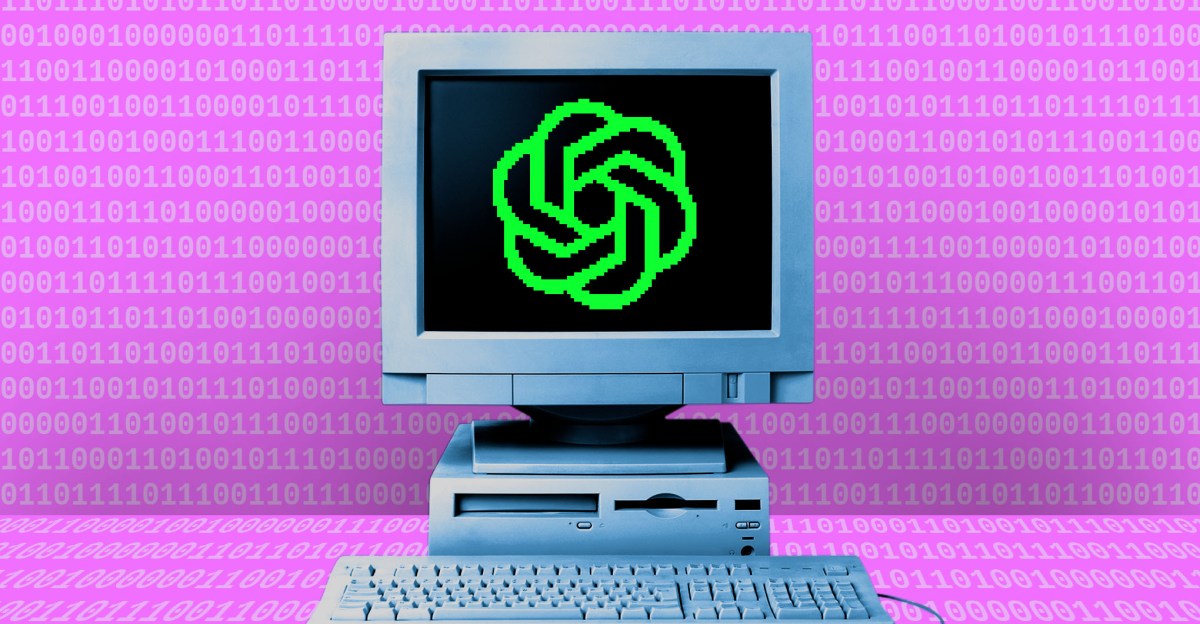
And almost forgot that OpenAI did not have a browser yet. Now it does.

Anthropic is doing a smaller model.

And Claude Code for web.

AI agents reviewing academic conference papers.
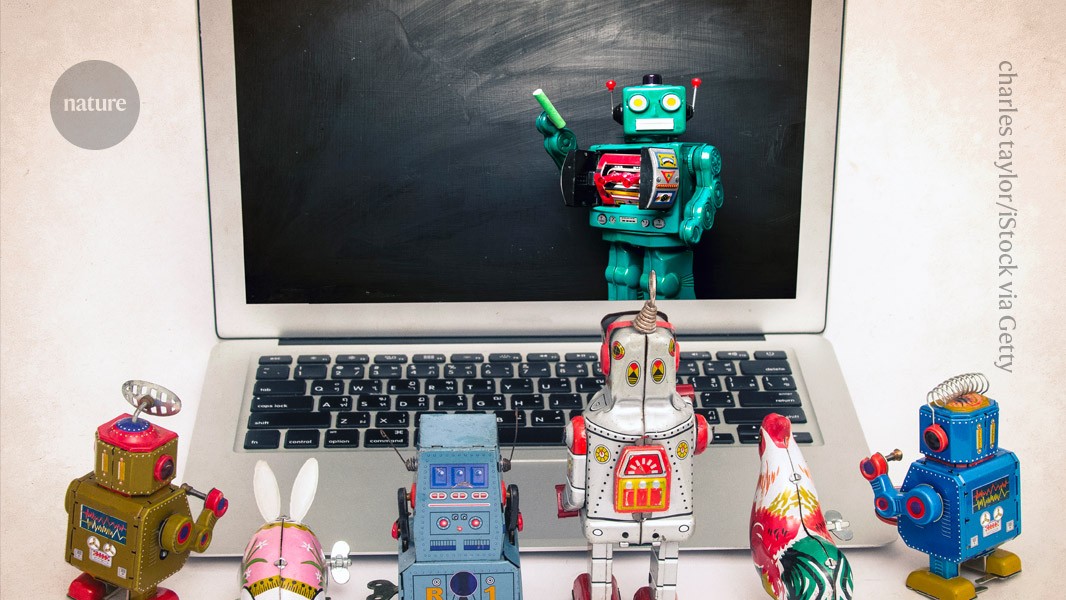
New co-pilot agentic features.
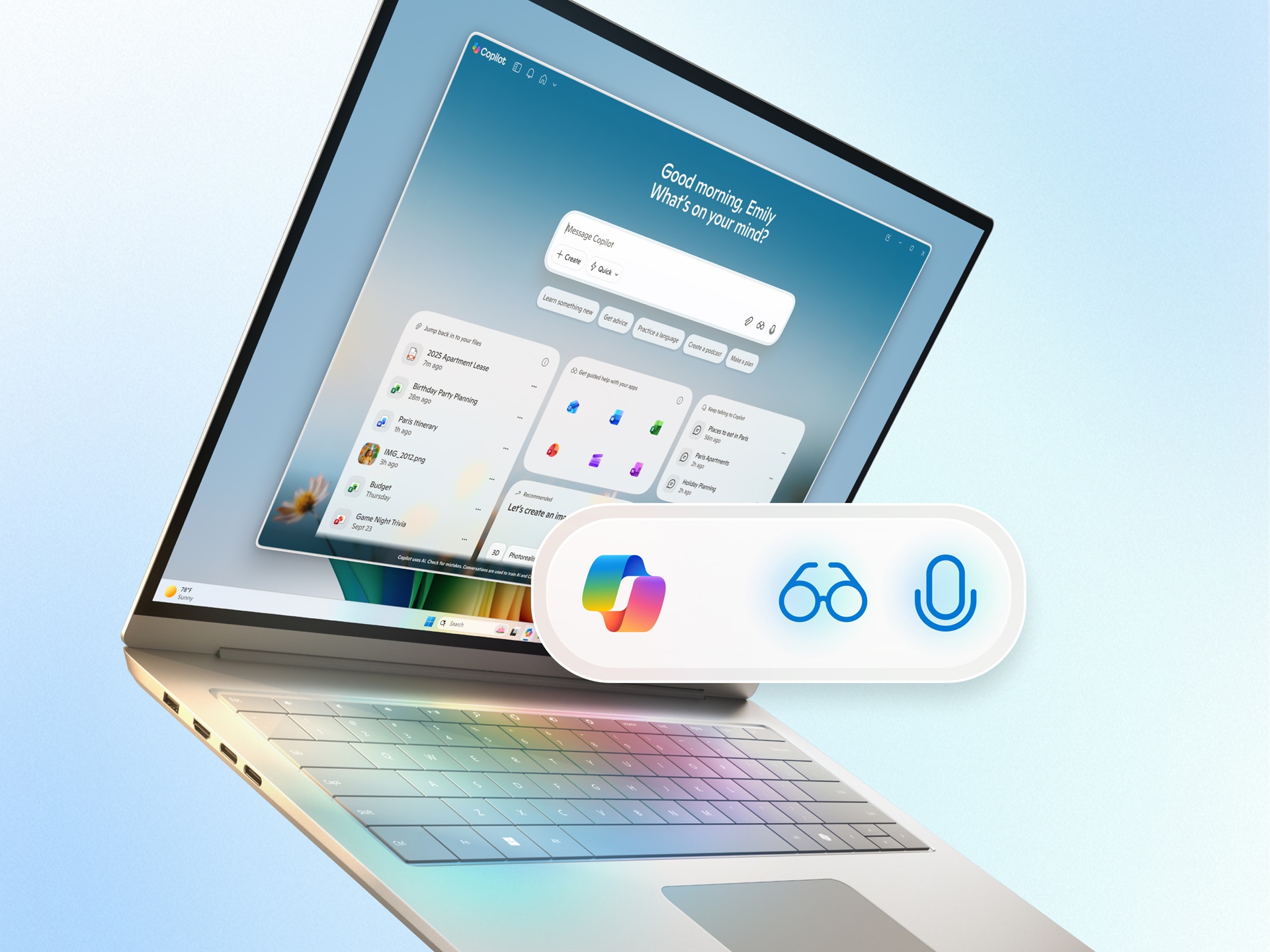
Who is surprised? AI is not only used to filter job candidates but also to cheat in interviews.

What is more important: prompt tweaking or context engineering?

Everything AI

Small AI models for dedicated tasks.
Robotic performances
Waymo's in London in 2026.
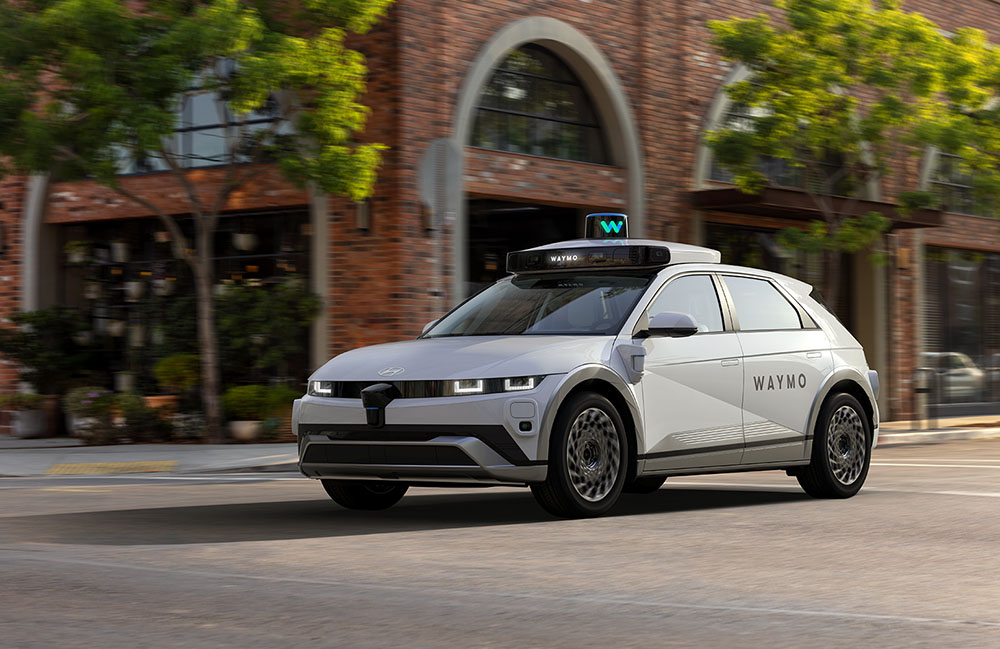
So many people dream of the ability to fly. Will the robots beat us there first?

A bit of mundane robotic history: Roomba story
The future of work is more influenced by platforms than robots.

Immersive connectedness
Creepy Ring surveillance

That Friend hype in NYC is stil on. Hype in a different way.

Tech societies
Slop reality

The AI nuclear energy is getting real.

Predicting further futures are more easy and hard to check. But it can still be inspiring. And reference the AI anxiety.


The risk of long-term memory in AI systems: persuasion and manipulation by the (ones ruling the) machines.
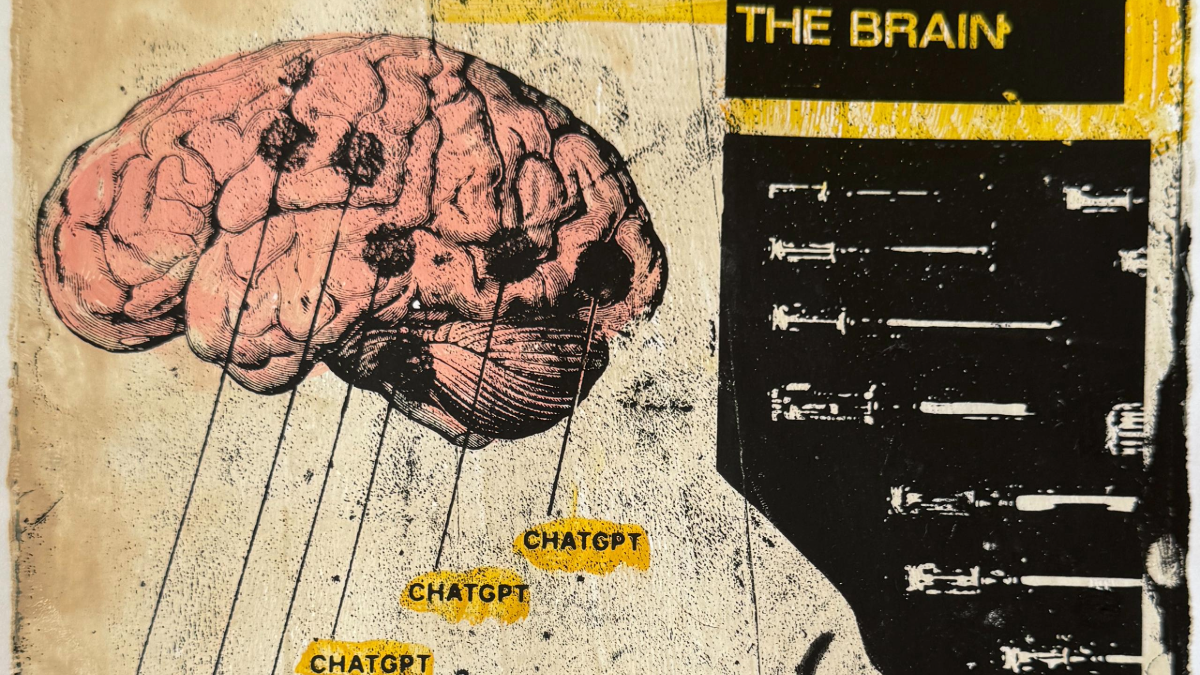
More risks from AI dependency

No, this is not AI slop.

Weekly paper to check
Street-Level Algorithms: A Theory at the Gaps Between Policy and Decisions
We present by analogy a theory of street-level algorithms, the algorithms that bridge the gaps between policy and decisions about people in a socio-technical system. We argue that unlike street-level bureaucrats, who reflexively refine their decision criteria as they reason through a novel situation, street-level algorithms at best refine their criteria only after the decision is made.
Ali Alkhatib and Michael Bernstein. 2019. Street-Level Algorithms: A Theory at the Gaps Between Policy and Decisions. In Proceedings of the 2019 CHI Conference on Human Factors in Computing Systems (CHI '19). Association for Computing Machinery, New York, NY, USA, Paper 530, 1–13. https://doi.org/10.1145/3290605.3300760
What’s up for the coming week?
This week is still dedicated to Dutch Design Week. Visiting the Design Innovation Session today, and probably some other events on Friday. The design debate at Evoluon is also linked to that week. On my agenda is also the unconference Technology in Public Spaces in Rotterdam.
When in London, a new Ryoji Ikeda installation opened.
Finally, check out our call for proposals for sessions at ThingsCon. For the Salon next week, only a few spots are left.
Have a great week!
About me
I'm an independent researcher through co-design, curator, and “critical creative”, working on human-AI-things relationships. You can contact me if you'd like to unravel the impact and opportunities through research, co-design, speculative workshops, curate communities, and more.
Currently: Cities of Things, ThingsCon, Civic Protocol Economies.
